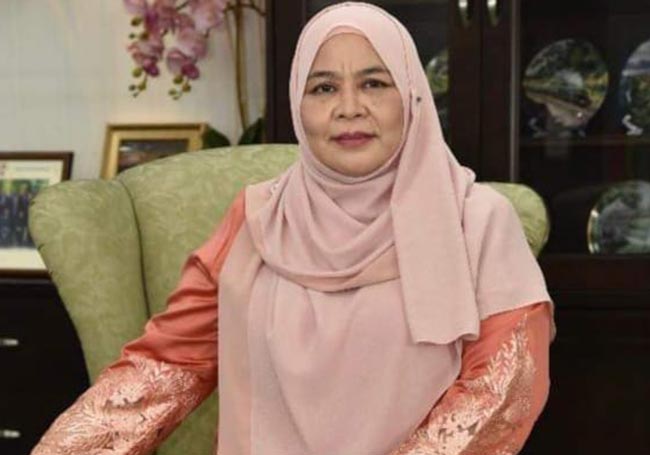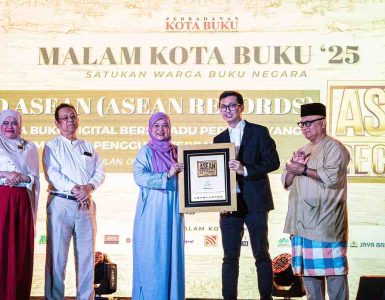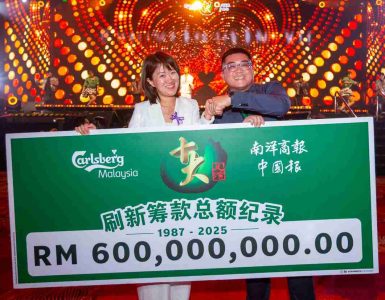
Kota Kinabalu City Hall will continue its demolishing operations of the squatter houses at the Kota Kinabalu Wetland Ramsar area in Likas.
The site, a mangrove swamp in the heart of Kota Kinabalu, supports a wide range of biodiversity.
A Ramsar site is a wetland site designated to be of international importance under the Ramsar Convention, an intergovernmental environmental treaty established in 1971 by UNESCO.
Yesterday, Mayor Datuk Noorliza Awang Alip responded to a report on the increase of squatter structures in the wetland area.
The squatter’s structure became more apparent in the middle of the year, as no demolition operations had taken place during the two-year pandemic.

Furthermore, there was an increase in development projects surrounding the wetlands.
According to Noorliza, the City Hall has executed several demolishing works; however, the squatter structures kept springing up like mushrooms.
“We recorded 50 squatter homes within the area where 210 demolition notices, according to the Building By-Laws 1951, were handed out to inhabitants on 23 June this year.
“The demolition works commenced on July 7 and 8, involving 75 officers and personnel from various government agencies utilizing a single bulldozer,” she said.
The agencies involved in the operation are the police, Immigration Department, National Security Council, Land and Survey Department, Sabah Electricity Sendirian Berhad (SESB), and Sabah Water Department.

Apart from the agencies, City Hall’s enforcement personnel and landscape and engineering departments also participated in the coordinated operation.
Noorliza also explained the images included in the report, which show a flattened area and a few felled trees, are remnants of the demolished illegal structures necessary to create passageways for the bulldozer.
However, new illegal squatters sprouted within two months at the site here, and City Hall will continuously monitor and demolish the structures, said the mayor.
The Kota Kinabalu Wetland is the second urban Ramsar site in the world after Yatsu Higata in Tokyo, Japan, within a seven-kilometre to ten-kilometre radius of the city centre.
The 24 hectares site is the only remains of mangrove forest that once existed extensively along the coastal region of Kota Kinabalu.
Previously known as Likas Swamp or Likas Mangrove and later Kota Kinabalu City Bird Sanctuary, the Centre came out of 20 wetlands selected by the Sabah Wetlands Inventory Committee in 1986.











